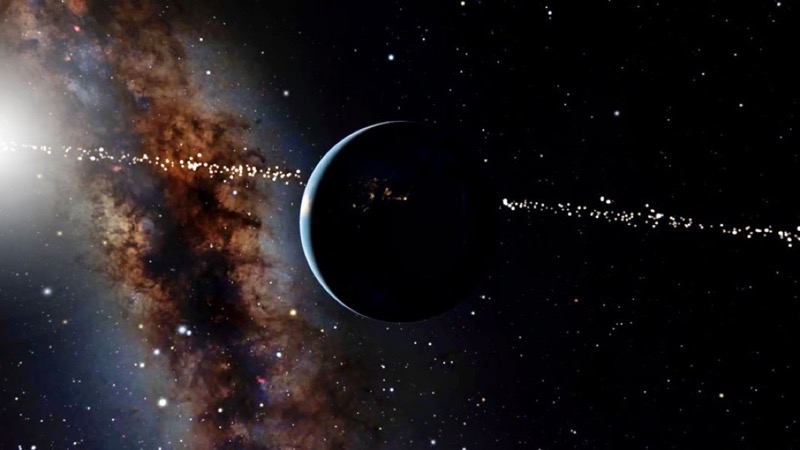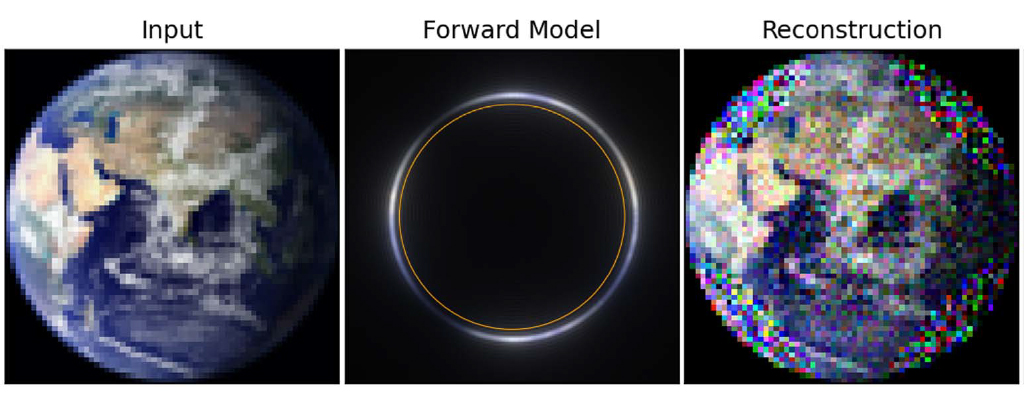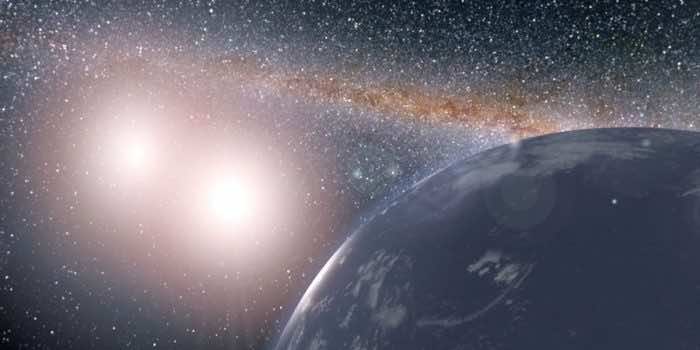Space businesses are booming these days. We have explored heavenly objects in the cosmos and are still on the way to traversing them. With the same potential, scientists set out on a mission to visualize distant worlds through the assembling of specific lenses. However, cosmic lenses have already been in line for this purpose for centuries and have been used to see the universe as far as we can.
But this time, scientists came up with the idea of seeing different patterns and pathways of coloration on an exoplanet’s surface, and that too, through an entirely different technique. This can be achieved by using our own star’s roiling mass by bringing to light different impressions of the exoplanets to determine various aspects. This vision was proposed by the physicist “Slava Turyshev” from California Institute of Space Technology in 2020, but it has certain limitations. To carry forward with this idea means acquiring a spacecraft having the potential to dwell over the entire space, which would impose stress on the physical structure, speed, and fuel of the spacecraft. Therefore, this is the risk that the researchers took into consideration for safety purposes.

Coupled with this, two physicists from Stanford University have come up with a completely new conception. They have utilized the sun as a means of carrying out this research. The faint light from exoplanets would be focused on the space-distorting mass of the sun, which could ultimately produce a substantial image of the exoplanets to ponder upon. An instant image of light funneled into the rings around the Sun would be required to be sent into the solar system through the highly programmed algorithms of a Hubble-sized space observatory. This can take meticulous pictures of objects which are around 1000 times away from us.

In the words of physicist “Bruce Macintosh,” “We want to take pictures of planets that are orbiting other stars that are as good as the pictures we can make of planets in our solar system.” With this technology, we hope to take a picture of a planet 100 light-years away that has the same impact as Apollo 8’s picture of Earth. “He added, “By taking a picture of another planet, you could look at it and possibly see green swatches that are forests and blue blotches that are oceans—with that, it would be hard to argue that it doesn’t have life.”


